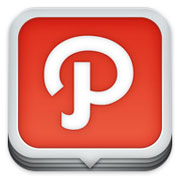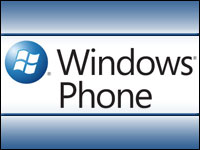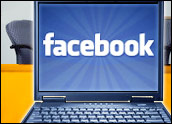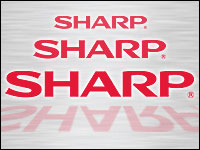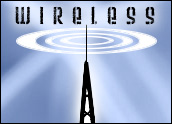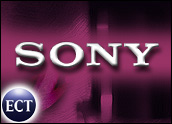
Sony joined the netbook race on Monday with a new line of Vaio models.
The move comes nearly a year after the Sony executive in charge of the Vaio line derided the diminutive computers as part of a damaging “race to the bottom” for computer manufacturers.
Retailing for about US$500, the Vaio W series isn’t quite at the bottom of the netbook market, which floors out under $300. However, it’s part of an inescapable trend in the industry, whether PC makers like it or not, said Stephen Baker, vice president of industry analysis at the NPD Group.
“It’s kind of a forced death march everybody is on,” he said.
Vaio W Series Specs
The W series comes with a high-resolution 1366 x 768 10.1-inch LED-backlit LCD screen, a 160 gigabyte hard drive, a built-in webcam and microphone, and Bluetooth and WiFi connectivity.
It runs on Windows XP Home Edition and comes with multimedia streaming software.
Sony touted the environmental aspects of the netbook: The unit is Energy Star compliant, features a mercury-free display, and comes in 95 percent recycled packaging.
The computers, which come in pink, white and brown, were immediately available for preorder, Sony said. They will be available in retail stores next month.
‘Race to the Bottom’
In 2008, Mike Abary, a Sony vice president, said the netbook segment’s reliance on price could be damaging to the industry. It was a view shared by Apple executives, who have long shunned discounting as a business model.
The cost-cutting frenzy implicit in the netbook market could be a damaging trend, agreed Baker, one of a number of industry analysts taking that view.
“In the long run, it’s not a great business model. It’s not a very good short-term model, either,” he said.
Even so, it’s not surprising that Sony has entered the netbook race — which arguably began in 2007 when Asus introduced the Eee PC, a low-cost, low-powered netbook that was designed to retail for less than $300.
Consumer demand is high for the devices, which are purpose-built to do just a few things well — primarily Web surfing and similar tasks.
Sales Data
Sales were extremely low from an industry perspective in 2008, but netbooks are expected to take about 18 percent of the U.S. notebook market in 2009, Baker said.
The primary reason consumers give for purchasing netbooks is convenience and portability, he observed, but it’s clear price is a motivating factor as well.
“There’s plenty of demand. It’s a fallacy that no one is buying,” argued Baker. “What there isn’t any demand for is paying any money for it.”


